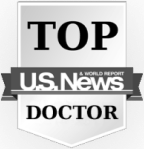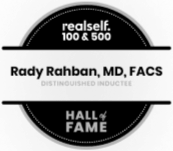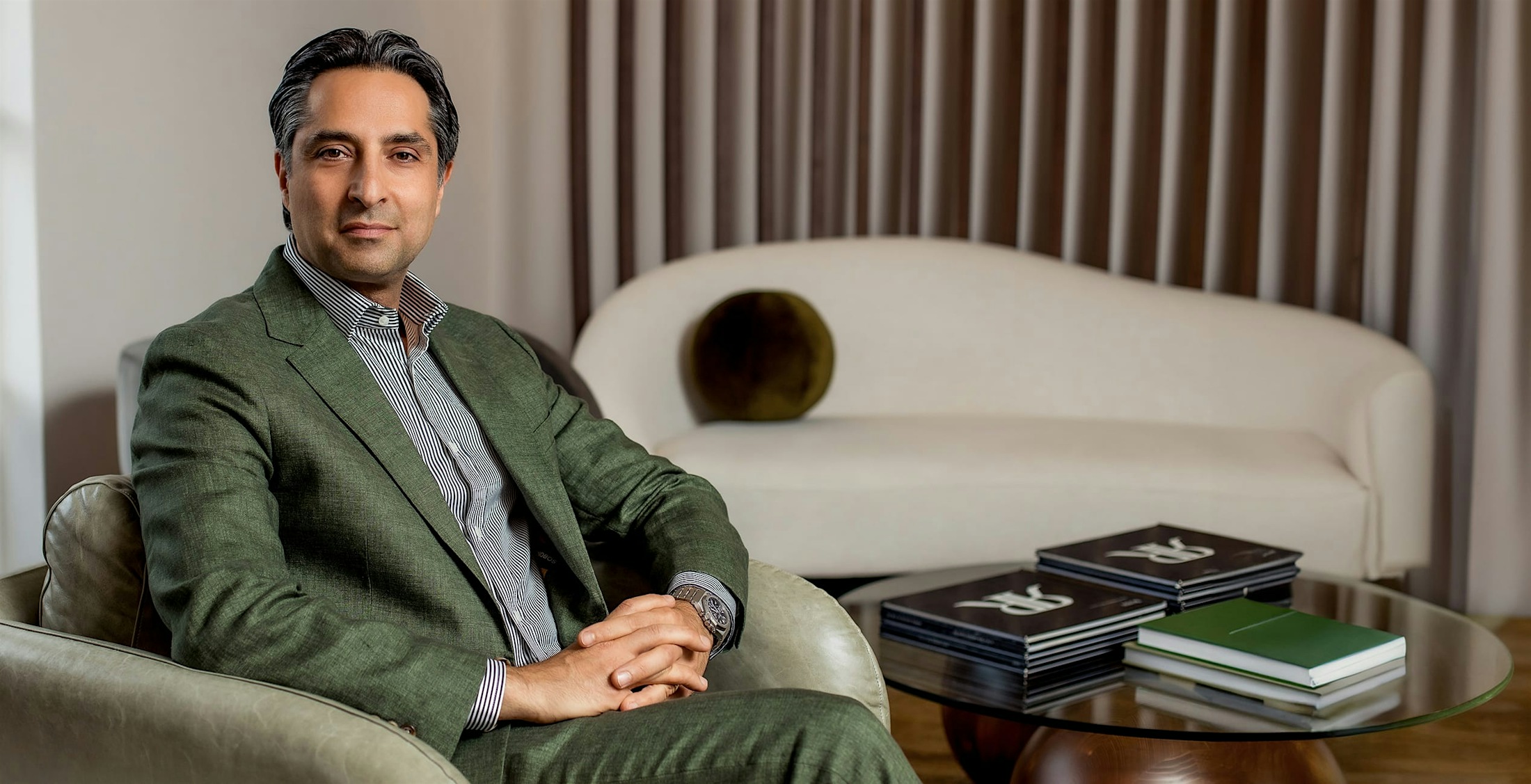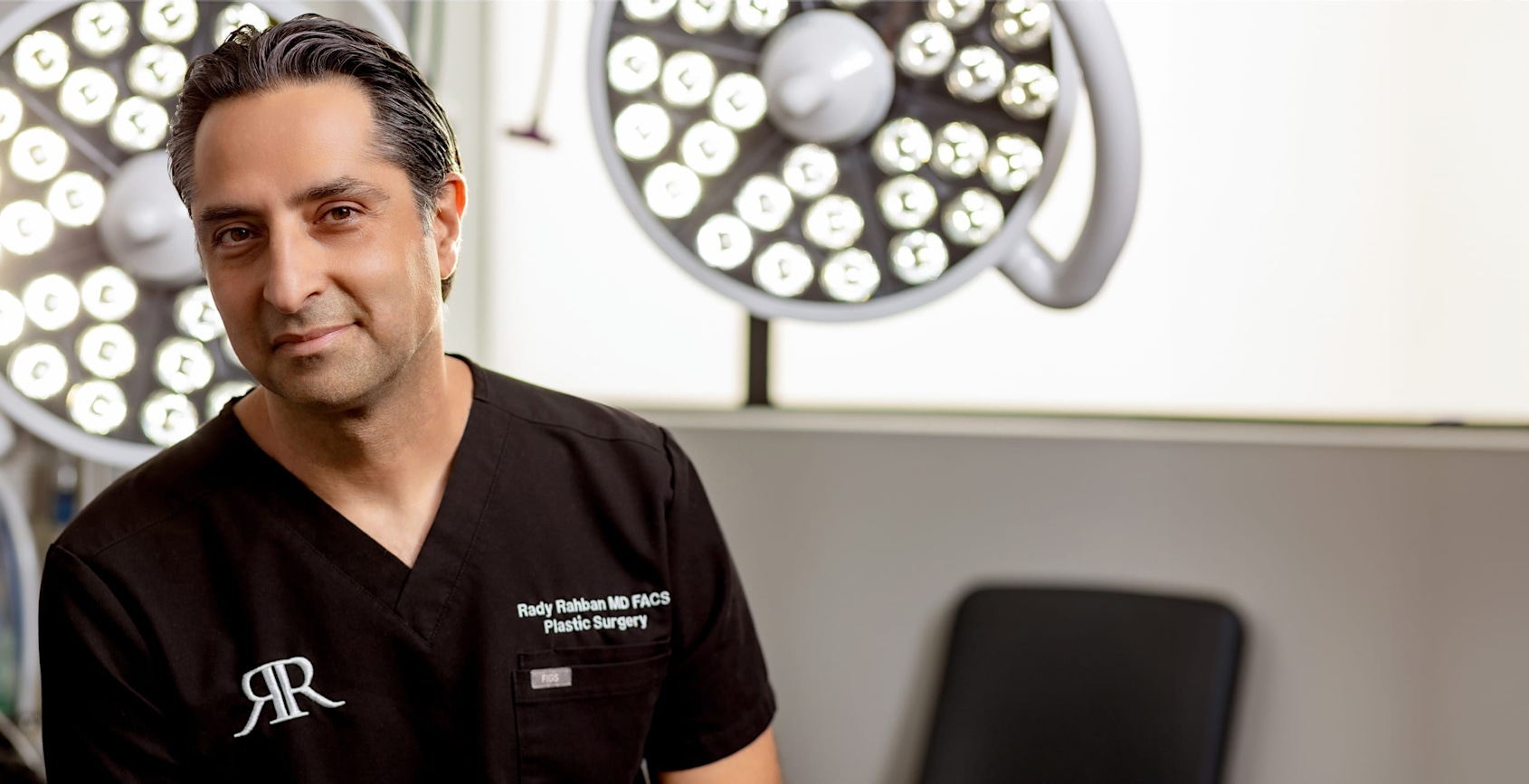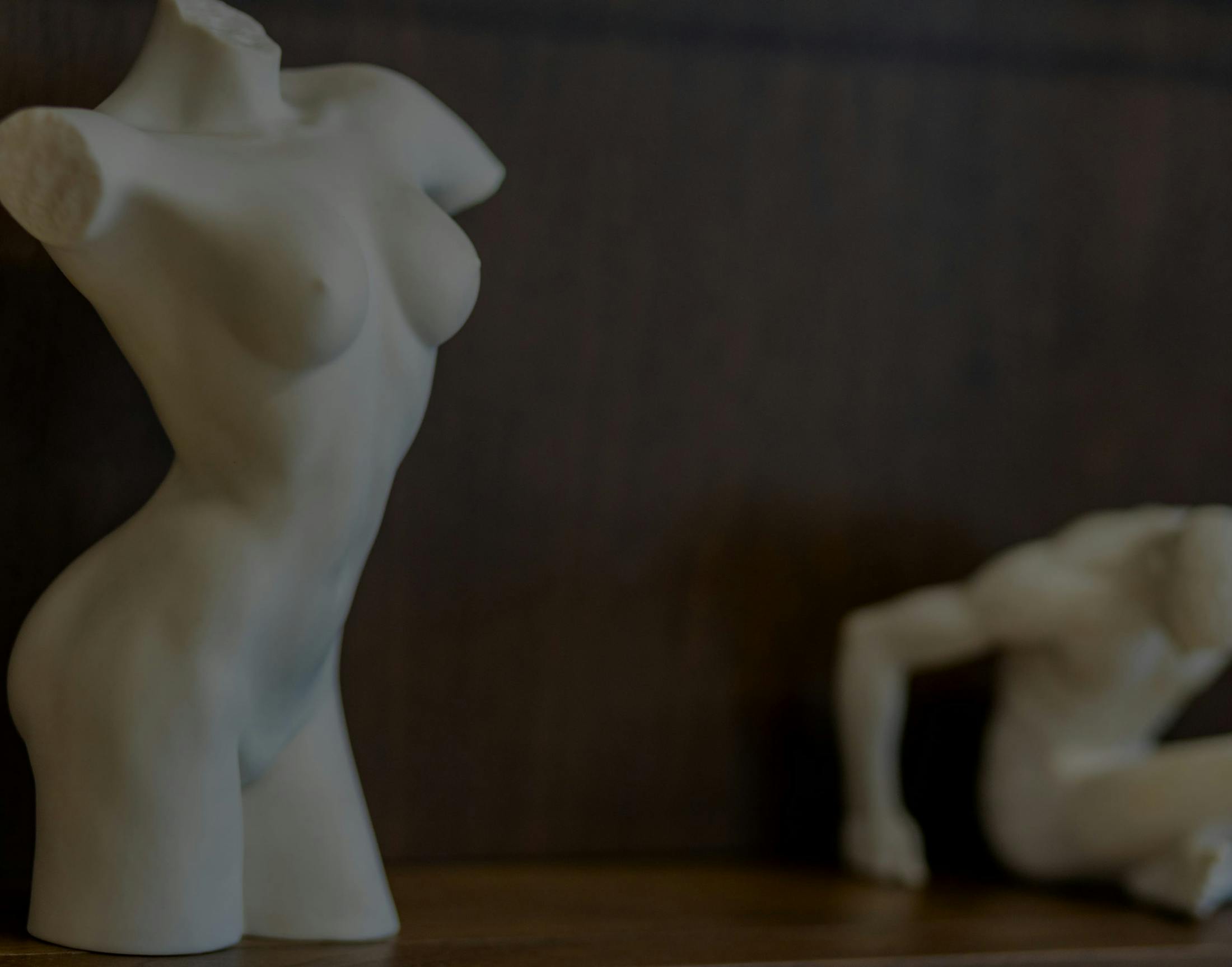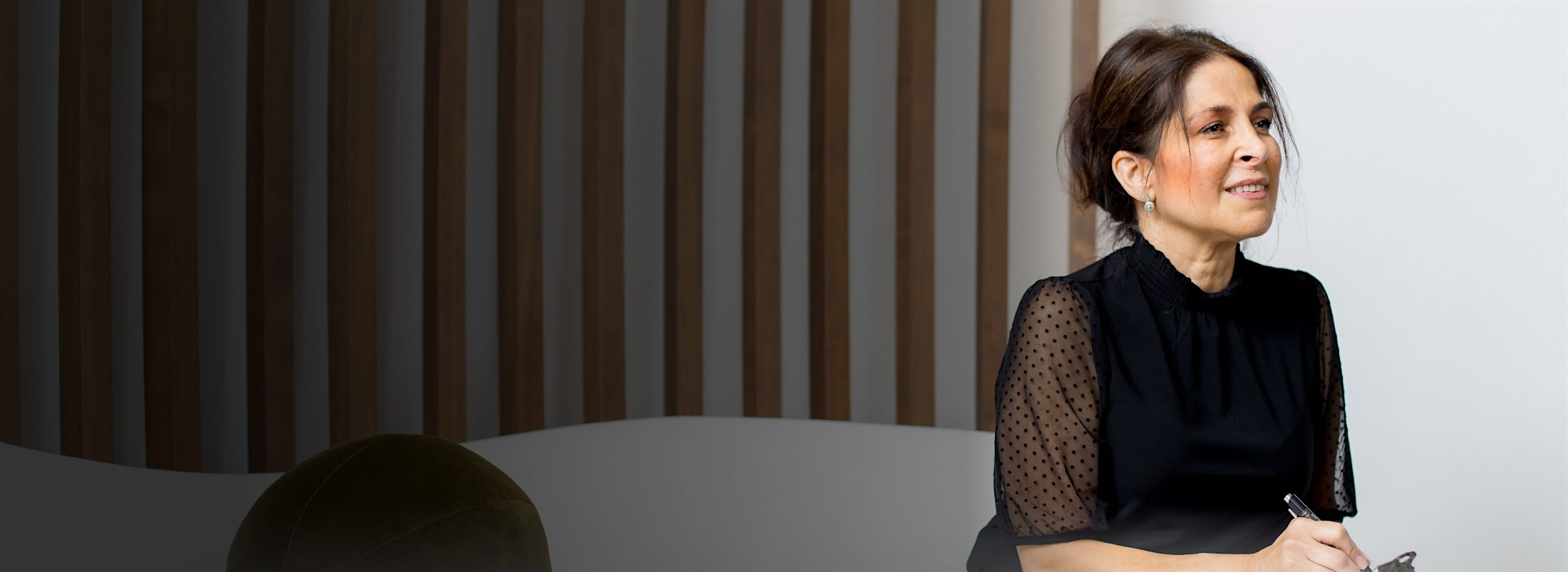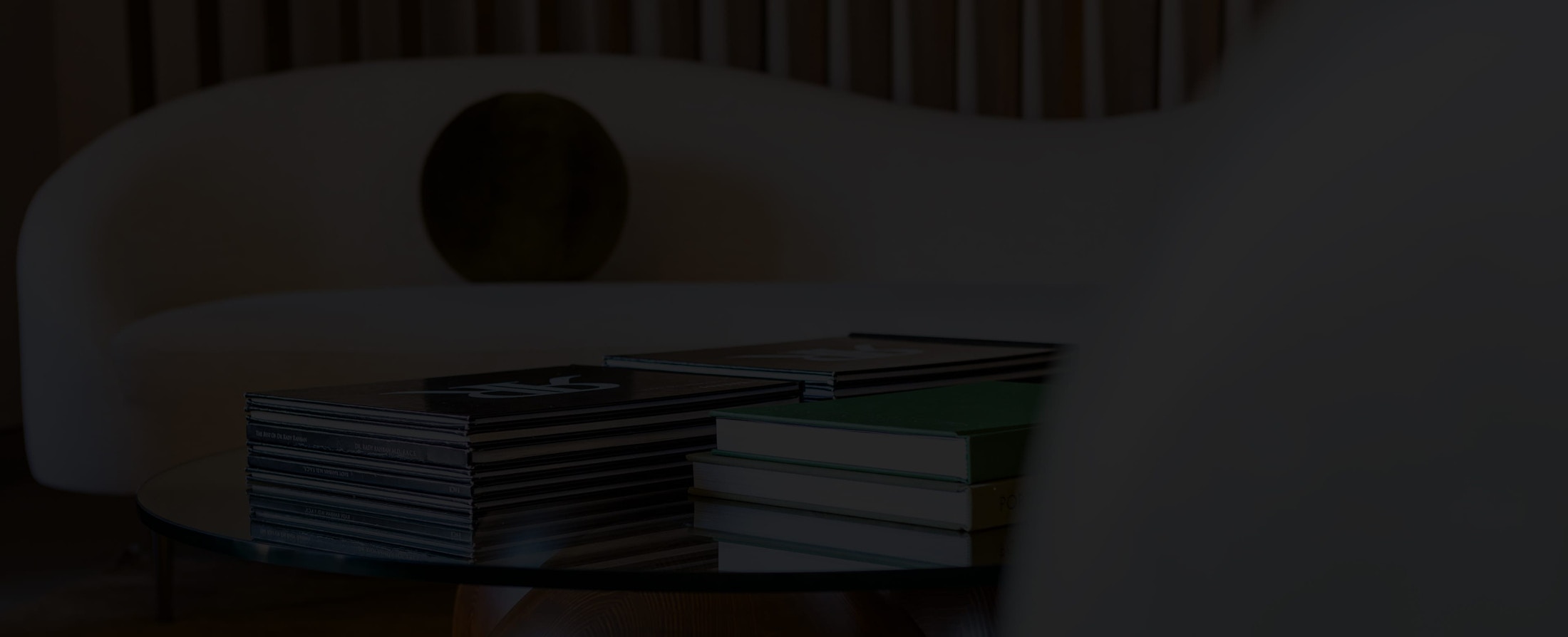Why Choose Rady Rahban, MD, for Rhinoplasty?
Dr. Rady Rahban is celebrated for blending extraordinary surgical proficiency with an artist’s sensitivity to detail. Beyond his board certification and fellowship with the American College of Surgeons, he continually invests in advanced rhinoplasty training and actively participates in leading plastic surgery conferences, sharing insights and refining state-of-the-art techniques. He has also contributed to philanthropic medical missions, offering reconstructive surgery to underserved communities abroad—an extension of his compassionate, patient-focused philosophy.
With every procedure, Dr. Rahban evaluates the nose holistically, addressing functional deficits, preserving respiratory function, and ensuring seamless natural results. His diligent, honest approach—reinforced by a passion for teaching and patient education—has garnered trust worldwide, especially among those seeking corrective or revision surgeries. From your first consultation to your final follow-up, expect a level of care that prioritizes integrity, transparency, and genuinely personalized outcomes.
Dr. Rahban’s mastery in both primary and revision rhinoplasty makes him a trusted authority and partner on your aesthetic journey. If you’re considering rhinoplasty in Beverly Hills and want a skilled, compassionate surgeon who puts your safety and satisfaction above all else, schedule a consultation with Dr. Rahban today.>














